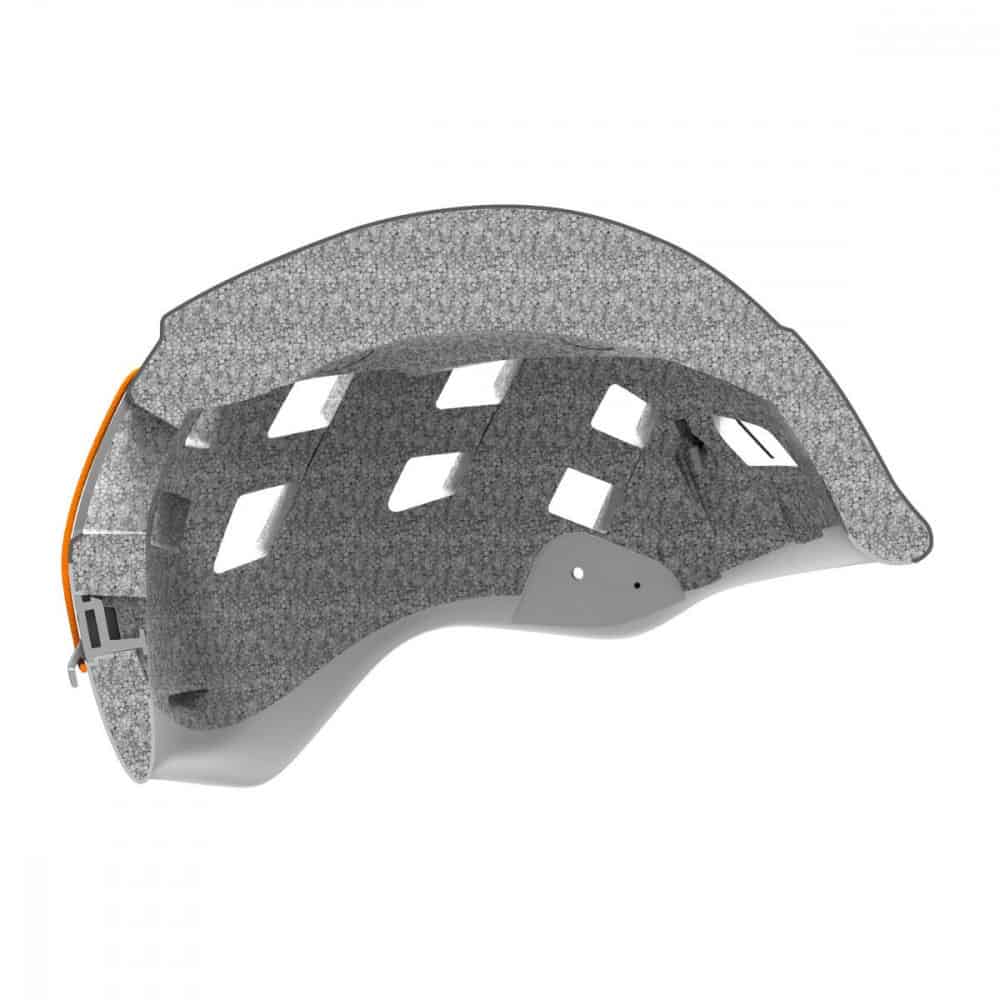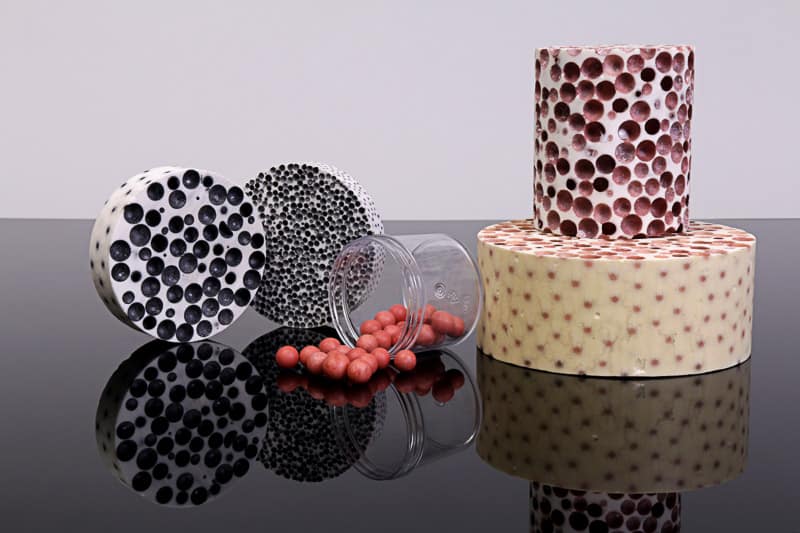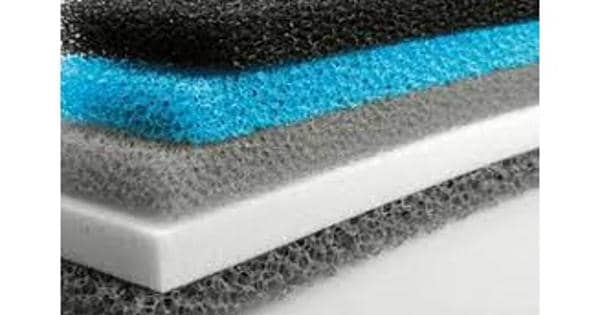Foam manufacturers create a number of products based on the essential industrial process of injecting gas into solids. A foam is defined as a substance that becomes formed when gas pockets are surrounded by solid membranes. The most common and obvious example is the creation of soap bubbles, which is done by mixing air, water and soap. When you run a bubble bath and vigorously agitate the water, the resulting air pockets are forced into the soap, which expands to trap them in unevenly-sided chambers. The result is a nest of bubbles – and a nest of bubbles is basically what foam is.
Foam manufacturers exploit this process in ways that develop substances applicable to specific industrial applications. Memory foam, for example, allows manufacturers to develop products where force must be absorbed by a material then capable of springing back to its original shape and density. Packing foam allows manufacturers to ship delicate instruments within a casing that is capable of absorbing any travelling impact, thereby protecting the contents from most damaging situations.
Not all foams are composed of bubbles. Where the “bubbles” (a bubble being essentially defined as a pocket of solid membrane containing gas) are small enough, the foam appears dry and is technically composed of interlacing films, which are called lamellae.
In basic terms, there are two types of manufactured or engineering foam. The first is called areticulated foam, and has an open cell structure. The second, closed cell foam, has no interconnection between its pores and is therefore possessed of a much higher compressive strength. It may take a massive amount of impact relative to its thickness without passing the force through to the object that it protects. This may, for example, be the case in the foam inserts used to protect the human head inside a motorcycle helmet.


A reticulated foam has interstitial gaps between its cells or membrane pockets. An open celled or reticulated foam absorbs liquids and gases. The most commonly used form is the washing up sponge, which is made of reticulated foam that has been formed and cut to a shape easy to hold in the hand.
There’s another class of foam material, technically foam in that it is composed of air bubbles within a matrix, though the bubbles and the matrix are uniquely of different materials. This is known as syntactic foam, and its manufacturing uses are extremely sophisticated. The foam is made by filling one material, the matrix material, with another extremely strong material. Commonly, syntactic foam is made by injecting glass bubbles into a resin. The material is technically foam, as noted, because it has the defining format of bubbles in pockets inside an apparently solid structure: its massive strength comes from the fact that the combination of the two materials can be carefully architected to ensure the most useful display of properties.

For instance, by incorporating bubbles that absorb impact into a strong but otherwise shatterable material, syntactic foam manufacturers can develop super-strong lightweight materials with multiple advanced engineering applications.



















